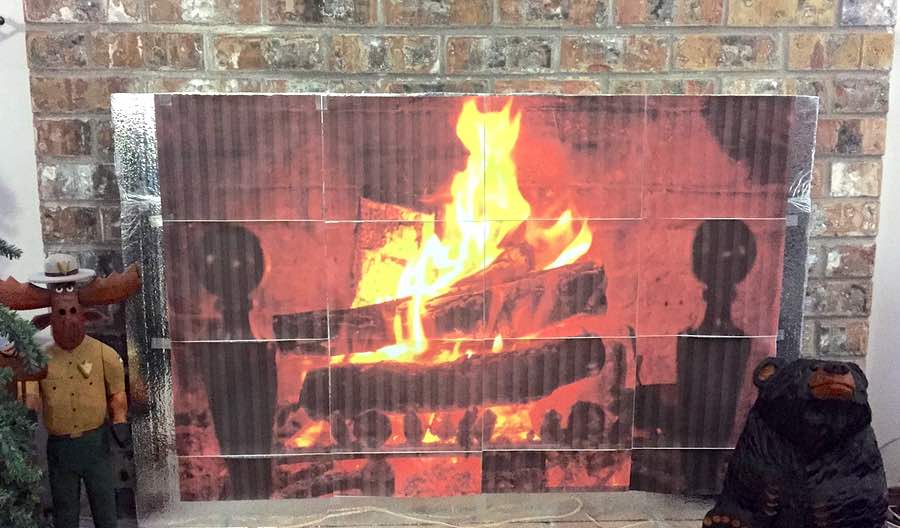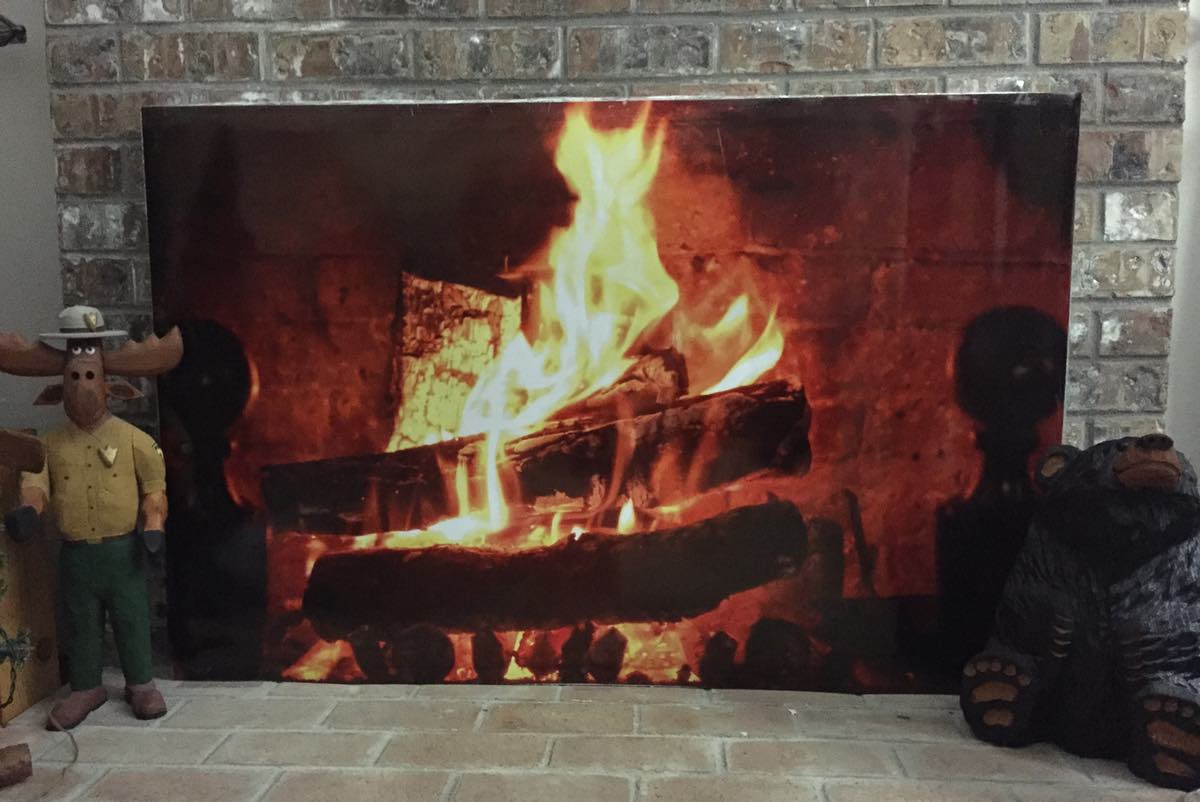The right tool for a (floor) stripping job
I haven't posted here the last couple days; between work, family, and a little remodeling project, time has just vanished. And as my blog reflects things going on in my world, today's post is decidely non-tech related: It's about the remodeling project.
We're re-doing our kids' bathroom with a mix of our own work and outsourcing the stuff I know I'd do poorly (tiling the shower, refinishing the tub). On the "own work" side of the ledger was "remove old linoleum floor," as we have some water damaged sub-floor to replace in the shower area, and we hated the linoleum in general. When I peeled up the linoleum, it left huge sections of glue and paper backing behind:

I had no idea how to remove this gunk, so I bought a few tools at Home Depot: A carbide-tipped scraper that looked like a larger putty knife, a "pull to scrape" device, and a heat gun.
 Just a heads-up for anyone thinking of installing the well-reviewed
Just a heads-up for anyone thinking of installing the well-reviewed 



 Being old school—and just old in general—our family has always had a land line (i.e. Plain Old Telephone Service or
Being old school—and just old in general—our family has always had a land line (i.e. Plain Old Telephone Service or